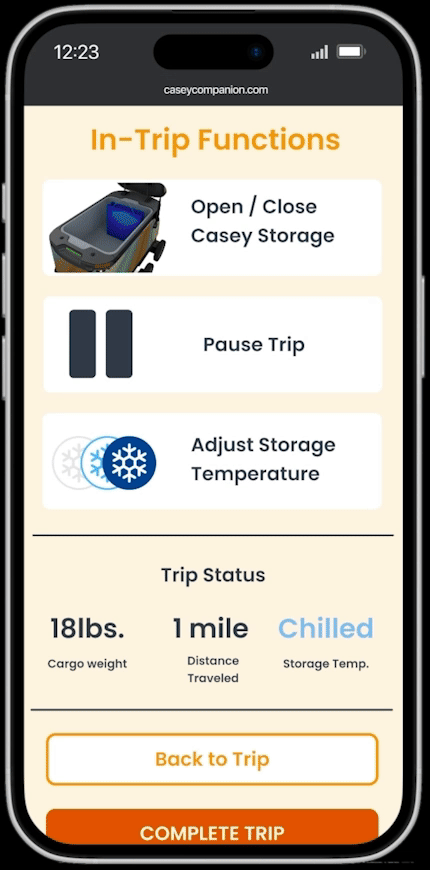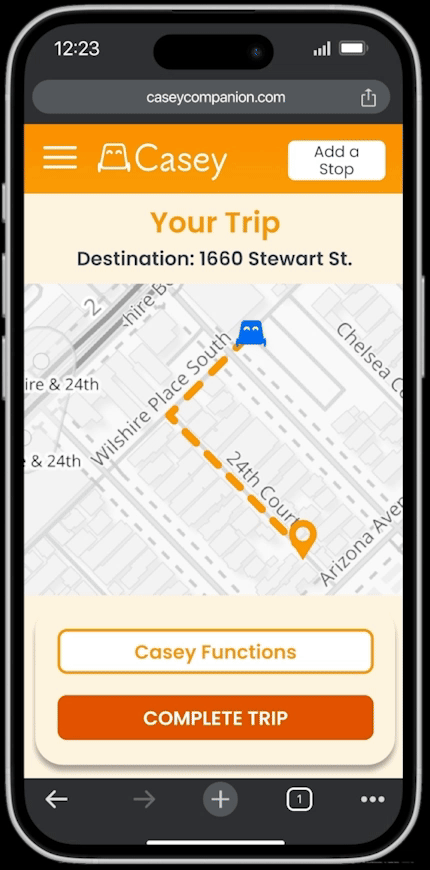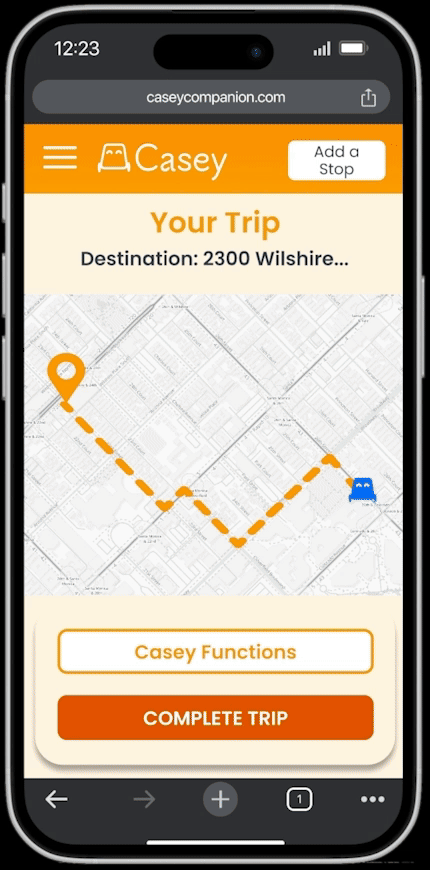This was my first semester-long project in the SMC IxD Program, and as I write this, I'm recalling a conversation that I had with one of my peers during our concept pitches. There were two other very strong concepts along with Casey, and my team had to only focus on one. That peer remarked that we were only going to be students for so long, and with that comes the power to really create things where the sky's the limit, with no real concern about project budgets and being shut down by management. "So", she said, "create something that you never would have thought of doing before." Casey is that project, and I'm immensely proud of the journey that my team and I took to arrive at this result. There are plenty more projects to be made over the next year-and-a-half, but looking back at this one, I have two things that I will always remember two things about the process of making Casey— there is a treasure trove of insights to be discovered by designing for the fringes, and delight is a powerful force in getting people on board with a product.
My background in design and marketing has, over time, had me in a pigeon-hole that I was wholly unaware of. From people trying to start their first business, to people who've gotten their footing in entertainment but are in need to another push, I've been creating for people who have skewed younger for quite a while now. I'm not as egotistic to say I've mastered working with people 18-40 years old, but there have been a number of recurring scenarios that I can clock things that they might be looking for quickly. Working on the Casey project however, was an opportunity to really stretching the bounds of my expertise and gain new insights. User interviews and testing were particularly eye-opening to me, and I was able to really get to understand more about the experiences of people that are oftentimes an afterthought with the rapid development of technology. At times it was downright frustrating (boy do older people not hold back giving feedback haha), but it was immensely gratifying to create something that was aligned with the needs of those fringe users. A real mindset shift for me occurred on our trip to BMW Designworks (which I talked a bit about in the Insights section above), where we were given a real masterclass in User Research during their case study presentation on designing new bus stops and 'urban panels' for LA. It reaffirmed that my step in a self-perceived hazy direction was actually a step towards something that I needed to learn for myself., and with both that and completing this project in mind, I feel empowered to keep diving into designing for marginalized groups.
I also learned about delight's function in the overall success of winning over users and audiences. Having a multi-year long passion for motion graphics, I was beaming when I would get feedback from people remarking on how those micro-interactions made them feel. This feeling also extends to the creation of the Casey product video, which I feel was a success, not only because it accurately reflects the teams vision of this product being put into practice, but the joy we had putting it together has been translated into the delight of our viewers. Moving forward, I will certainly be putting 'creates delight in our users' in my must-haves for creating successful projects. It might sound like a no-brainer, but I believe that that intentionality shines through in designs, and by not having it given the adequate stage it deserves, we are limiting a products potential greatly.
Lastly, this certainly isn't the end for Casey, with my team planning to create a robot prototype that can connect to a phone via an Arduino kit over the winter, as well as us having ideas to flesh out for how to create variants of Casey. Please stay tuned to my blog with our progress, and thank you again for looking at this case study!
-Marcus T.
































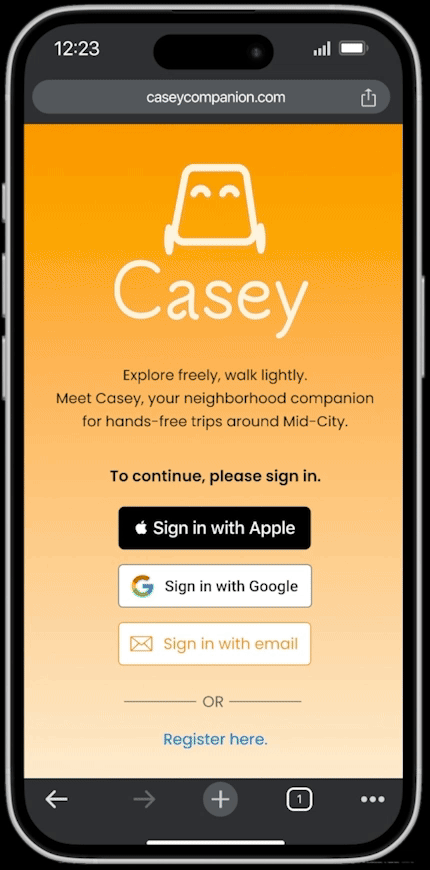

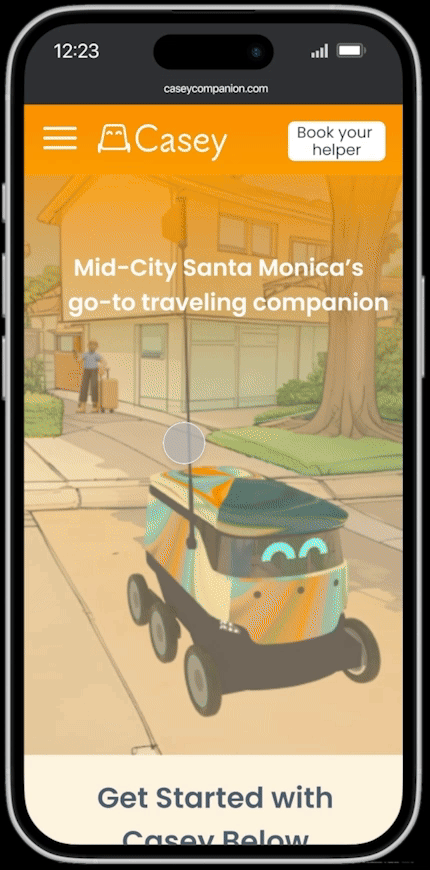

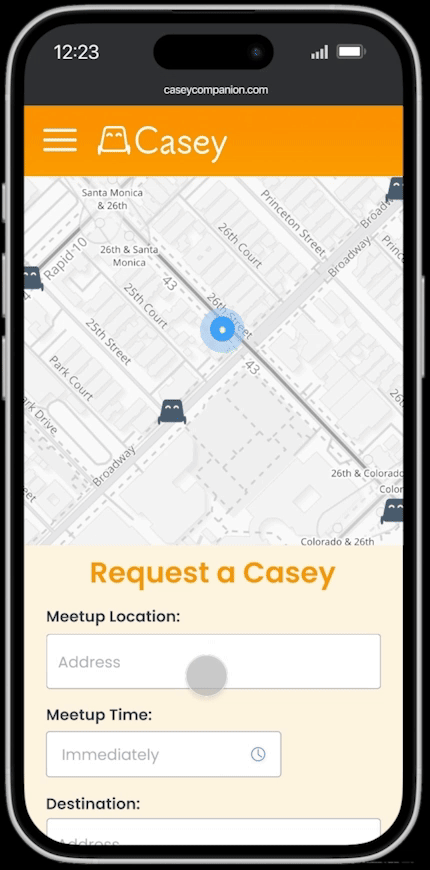

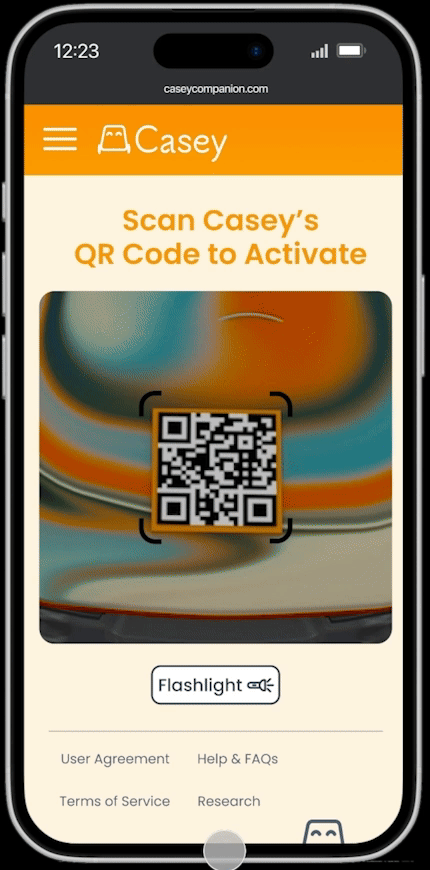
.png)
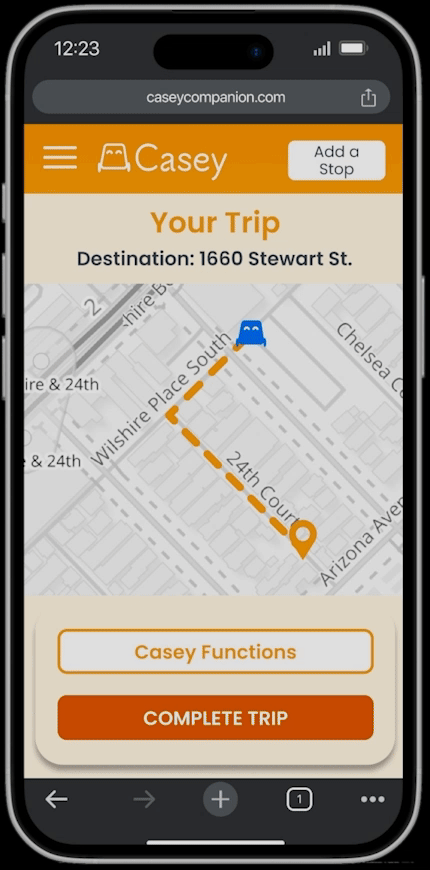
.png)
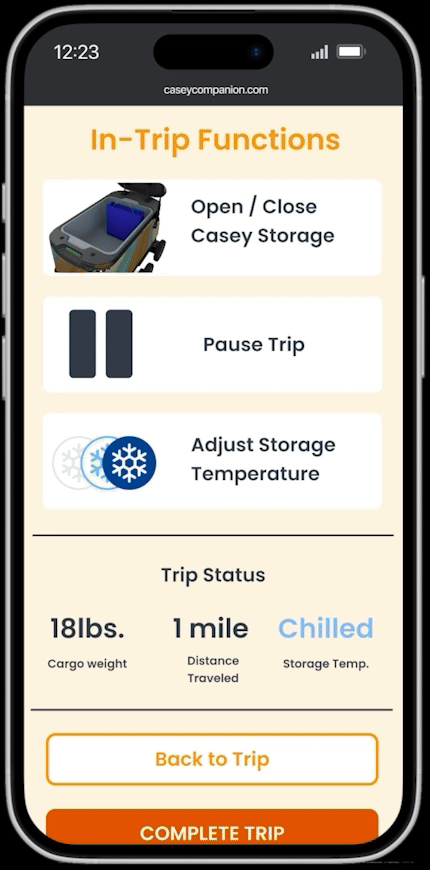
.png)
